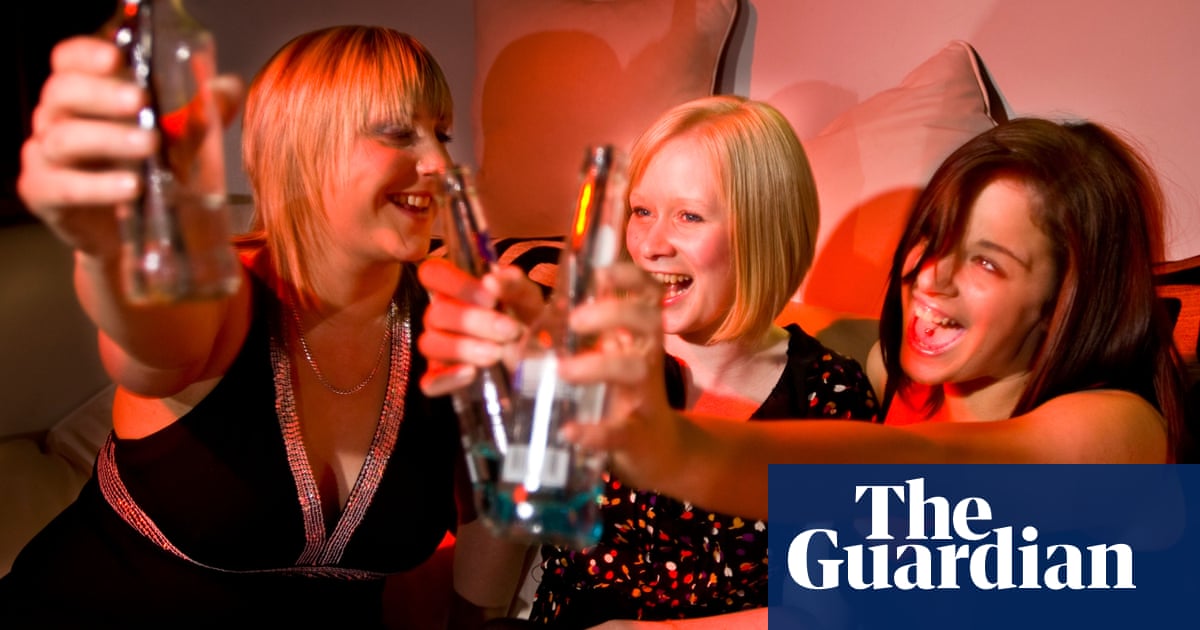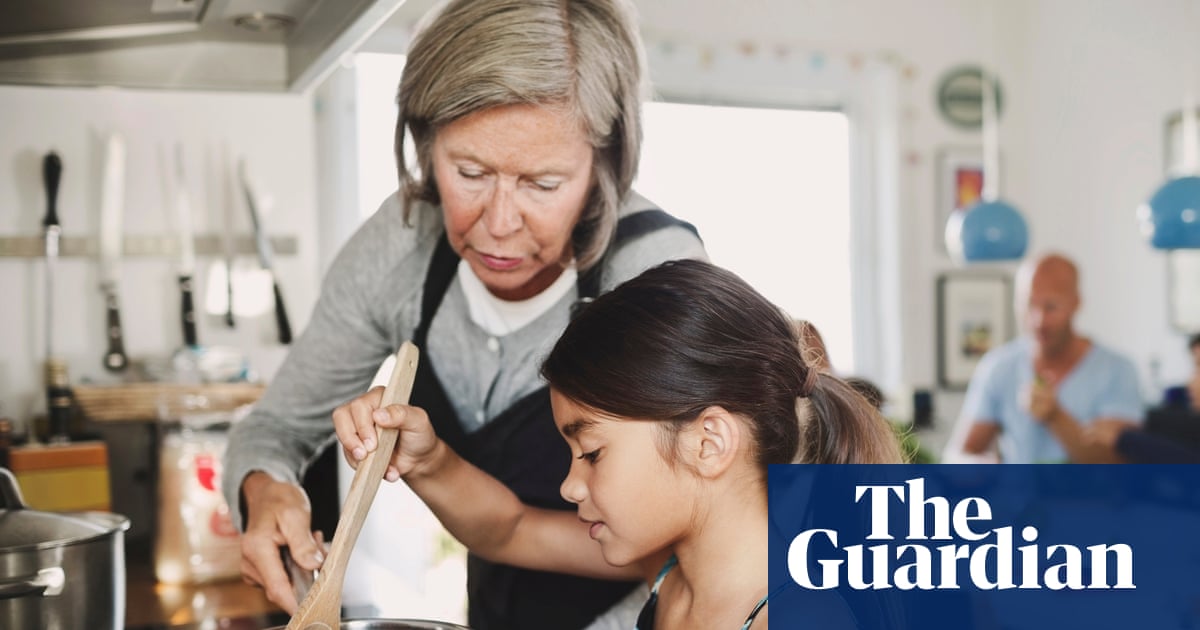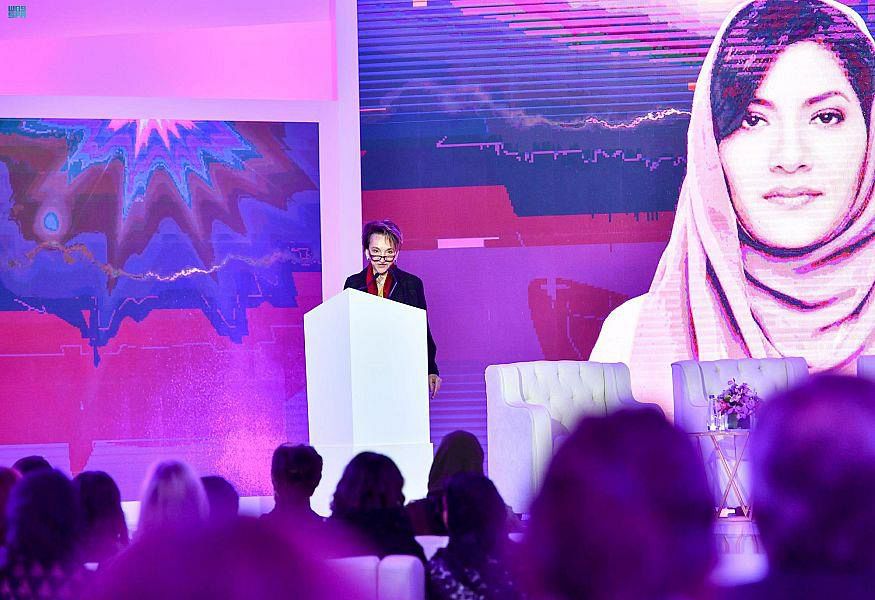
British women are the biggest female binge drinkers in the world, with more than a quarter regularly drinking more than six drinks at least once a month, according to a report released this week by the Organisation for Economic Co-operation and Development (OECD), which compared alcohol consumption across 33 countries.
While that figure is much higher for men – 45% – it is still unmatched among female populations anywhere else in Europe or, so far as the study’s authors can determine, anywhere in the world.
In the scramble to explain this, the following ideas have been floated, mainly by the Daily Mail: British women are uniquely susceptible to marketing pressures, including but not limited to pink drinks, supermarket offers, bottomless brunches and nice pubs. The 20th-century settlement in drinking culture – that you can have your fill, so long as you’re prepared to do it in a smoky back room with laminated tables and carpets that smelt like the urinals – was overturned in the late 1990s, during what we might call the All Bar One revolution (that chain was founded in 1994). Pubs became airier, more chic and inviting, women went into them voluntarily, and it was noted on the profit upswing that, where women went, men went also.
As far as the “pink drink” thesis goes, this can be safely dismissed as part of a patriarchal tendency to infantilise the female drinker. The Mail also unearthed some European women of the view that British women drank to excess because we’re “unattractive and classless”. It’s a little on the nose, but on the other hand, I’d quite like that as a tattoo.
These explanations are wrong or insufficient because they’re asking the wrong question. This is actually a story about generation X: in older generations, problem drinking is twice as prevalent among men as it is among women. Over the age of 75, 22% of men are drinking at levels of increased or high risk, compared with 11% of women; it’s actually uncanny, in the decile below that, 65 to 74, it’s 36% of men to 17% of women. That’s replicated among the young – aged 16 to 24, a fifth of men and a tenth of women are medium-to-high risk drinkers. And of course the young are drinking a lot less anyway, as evidenced also by their moderation and abstinence trends – wine sold in quantities of a third of a bottle and no-alcohol beer.
Between the ages of 45 and 54, even while men are still drinking more, the gender gap is far less pronounced: 27% of men and 21% of women are drinking to excess. It was partly a simple economic effect for this (my) generation; the socialists Chatterton and Hollands ascribed the “feminisation of the night-time economy” by 2001 directly to the transformation of the labour market and the increase of female spending power. Arguably, the ladette as cultural artefact – the woman for whom drinking six pints, which by the way is considerably more than six units, was a direct expression of her emancipation – came into being as a way to accommodate this new, independent femininity. If you could slot it into established versions of masculinity, it would be fun and not terrifying. In a trend that has probably been noticed before, where alcohol is concerned, once we started, we didn’t stop.
Some women of my vintage were discussing an episode of Woman’s Hour on Thursday, in which a recovering alcoholic described hitting rock bottom when she was drinking 30 to 40 units a week. “Poorly researched,” one said. “I’d struggle to even get a hangover on 30 units a week.” Another replied: “My liver would think my throat had been cut.”












